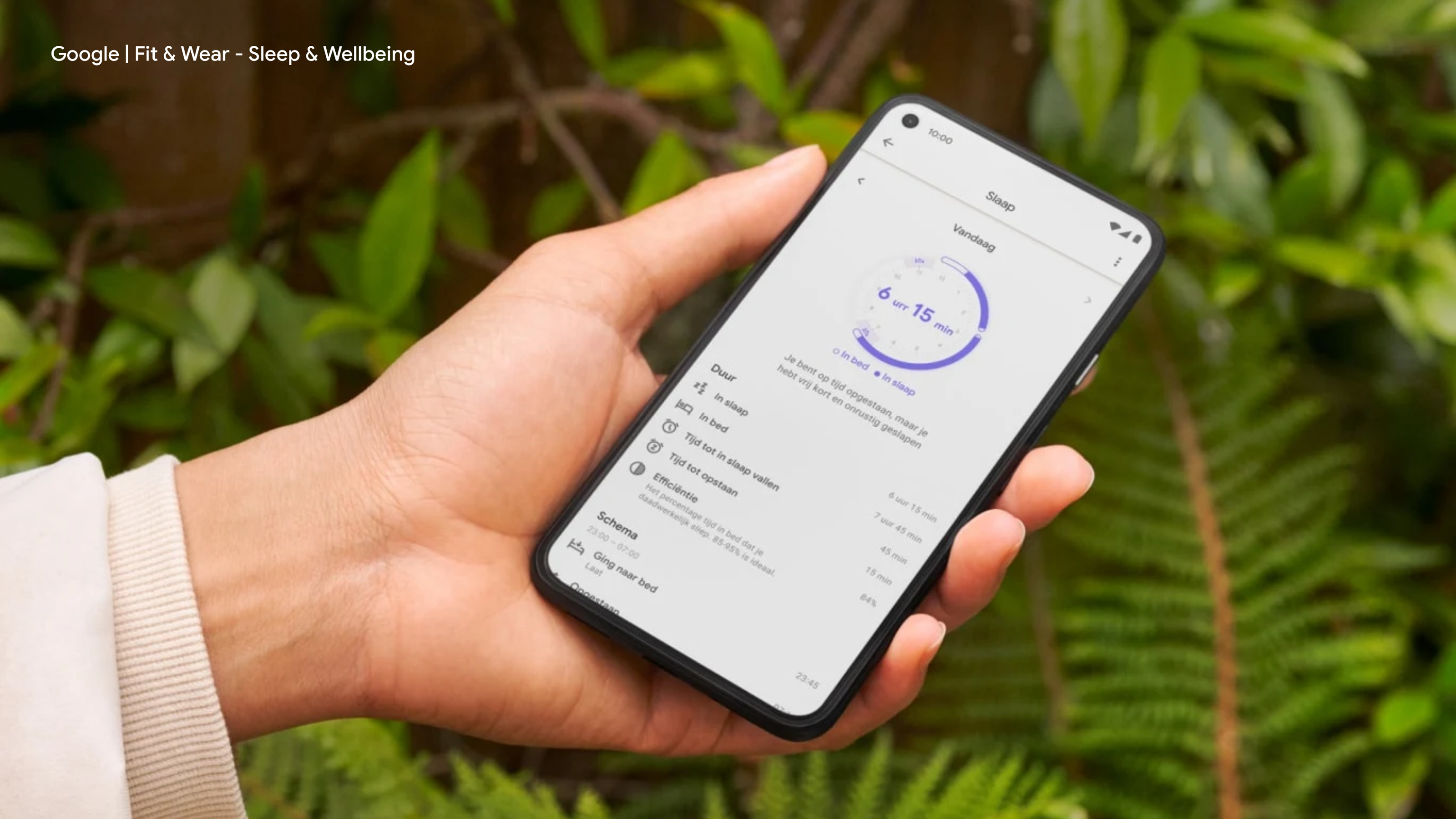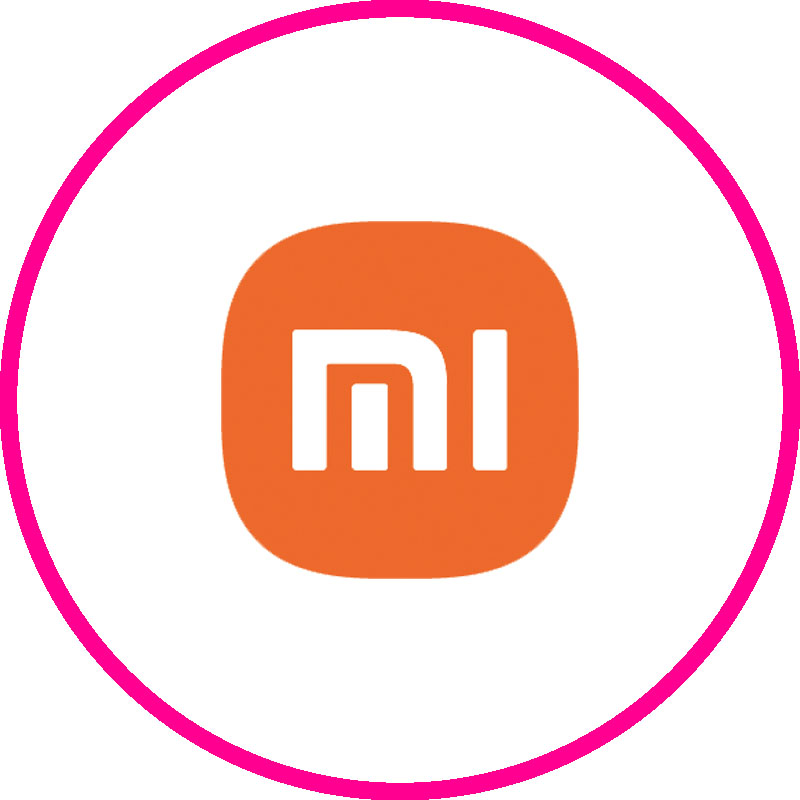-
 Xue Yutong
Meta (Facebook)
Staff Product Designer
Xue Yutong
Meta (Facebook)
Staff Product Designer
Currently, I work as a senior designer in Avatar Department of Facebook MetaUniverse. I lead the production and user experience of Avatar on Facebook app, involving Avatar Editor, Avatar stickers and other products. Since 2017, I've worked on design and research for Android phones, watches, Facebook Workplace, and many other enterprise products at Google and Facebook. At Facebook, I've led a number of projects on improving team effectiveness and product quality.
Design philosophy: The belief that good interaction design is based on a user-centric approach and a comprehensive consideration of each process in the user experience journey.
Improve Product Cohesion with User-centric Design Framework
2023 is the year tech companies focus on improving efficiency. While improving efficiency is the focus, maintaining product and user experience quality is still just as important. As UX practitioners, we all care about user experience. Yet in large organizations, when multiple teams work on the same product/product suite, it becomes difficult to ensure cohesive user experience. While individual teams may have the best intentions, without deliberate efforts to ensure cohesion on the cross-team level, teams will easily end up shipping fragmented experiences.
In this workshop, I will share examples and practical design frameworks that have helped improve product cohesion, based on my experience working on Meta and Google. The main design framework I will be sharing is the “Mode” design framework.
Here’s an outline of the workshop:
1. Workshop background
1.1 The importance of cohesion and consistency in products
1.2 What happens if products are fragmented
1.3 What causes the fragmentation and inconsistencies in large teams
2. Introduce “Mode” framework
2.1 Case study of how “Mode” framework was introduced and used when building enterprise products
2.2 Overview of “Mode” framework: Mode = User Intent + Context
2.3 How to use “Mode”
2.4 Benefits of “Mode”
3. Deep dive on how to create “modes”
3.1 User intent: What are they, how to create them, common misunderstandings
3.2 Context: What are they, how to create them, common misunderstandings
3.3 Put everything together: User intent + Context = Mode
4. Deep dive on how to use “modes”
4.1 Use “modes” to generate user pain points
4.2 Use “modes” to ideate and create solutions
4.3 Use “modes” to discover deeper relationships between features and improve product cohesion
1、 Ice breaker
2、 Workshop introduction
3、 Introduce “Mode” framework
4、 Break into small groups to apply "Mode" to hypothetical design challenges
5、 Share activity results from each group
6、 Q&A
1、 UX Designers with 3-5 years of experience
2、 User Researchers with 3-5 years of experience
3、 Product Managers with 3-5 years of experience
1、 Recognize the importance of cohesion in products
2、 Learn common product fragmentation problems and solutions in large team
3、 Learn a new user-centric design framework
4、 Help your team improve product cohesion and quality
-
 Meta Avatar Creation on Mobile
Meta Avatar Creation on Mobile
-
 Meta Workplace Design System
Meta Workplace Design System
-
 Google Fit Sleep & Wellbeing
Google Fit Sleep & Wellbeing
-
 Google Pixel 3 Onboarding Experience
Google Pixel 3 Onboarding Experience
-
 Apply Mode to solve problems
Apply Mode to solve problems
-
 Mode = User Intent + Context
Mode = User Intent + Context
-
 Context
Context
-
 User Intent
User Intent








